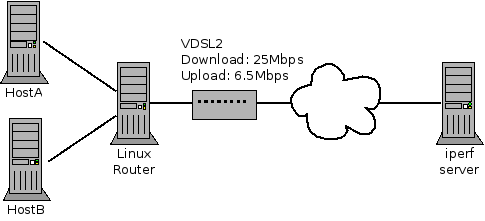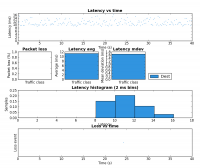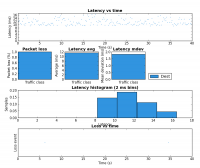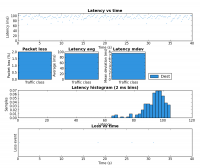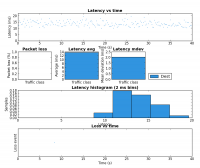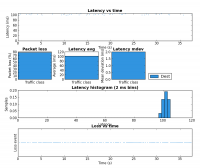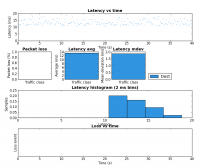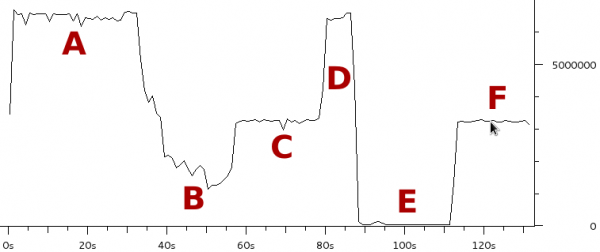It appears that Network Neutrality will be dealt a severe blow at the FCC soon. Although some smaller ISPs are supportive of this change, I believe that it represents a major threat to the long term health of the small ISP industry.
I love small ISPs. A long time ago I owned one, I’ve worked as a network admin for one, and I spend some of my spare time on the board of directors for a small co-operative ISP. After a seven-year foray into building products for the largest ISPs in the world, I’m extremely happy to be 100% focused on building products for small ISPs. Whether this makes me biased or just passionate probably depends on your point of view.
Firstly, why do some small ISPs support the pending changes? I think this breaks down into a few high level categories:
- It’s my network and I should be able to do what I want with it
- Any government interference is bad
- Why shouldn’t bandwidth hogs like Netflix pay?
It’s natural for the independent, entrepreneur types that often run small ISPs to have these views but in this instance, government is the only entity that has the power to put rules in place that can protect small ISPs from the large ISPs and from other large companies on the content side.
Before explaining, there is one fact that many ISPs don’t want to face but need to understand:
Your customers don’t pay for access to your network, there is nothing on your network they care about. Your customers pay you to connect them to the services and people they wish to communicate with.
Consider an alternate reality where the Internet did not have strong Network Neutrality norms and rules and a content service such as Netflix is born. In this world, a giant like Comcast would probably ignore the new service, cable TV is a cash cow after all, until they see strong results from Netflix or maybe see early indications that customers like this new form of content delivery better.
In this alternate reality, the rational business decision is to slow down, block or charge hefty fees to this new content upstart. Most consumers don’t have multiple real choices for Internet service, so where will they go? And better yet, if the new upstart is killed or weakened early enough, the consumer won’t even know an alternative even exists so they won’t look for another provider that doesn’t take these types of actions. The second rational business decision, after hurting this new competitor, would be to start a competing service. As an aside, 99% of the time, betting against any person or company acting in their best financial interest is stupid idea.
So how does this relate to small providers? They don’t have this kind of market power.
Your customers pay you to connect them to the services and people they wish to communicate with.
In this reality, Netflix doesn’t exist, at least not at the scale and competitiveness that it does today. Maybe even Google doesn’t.
If these services and others like them don’t exist, then why would consumers pay to connect to a small ISPs network? There is nothing on the network the consumer care about and nothing competitive they can reach through the network. They are better off with a poor connection to a network with stuff they want than a great connection to a network with nothing they care about.
ISPs have some right to complain of the pain caused by the growth in video streaming. It’s not cheap to keep up with that rate of growth. However, the alternative of having no demand to connect to your network is much, much worse.
Another way to think about this is that it is natural for ISPs to want to have content and services that no other network does. This is simply fighting the “there is nothing on your network they care about” problem. Small ISPs can’t hope to compete in this area and to whatever extent large ISPs are successful, it will come at the cost of the smaller providers.
I don’t expect the world to end the day that Network Neutrality rules are removed. However, I do believe that this change adds risk to the long term viability of small ISPs and the industry that supports them. So, if you run a small ISP, or sell to small ISPs and support the pending changes, please think hard about this. The ‘freedom’ you are asking for extends to entities with much bigger boots than you.
